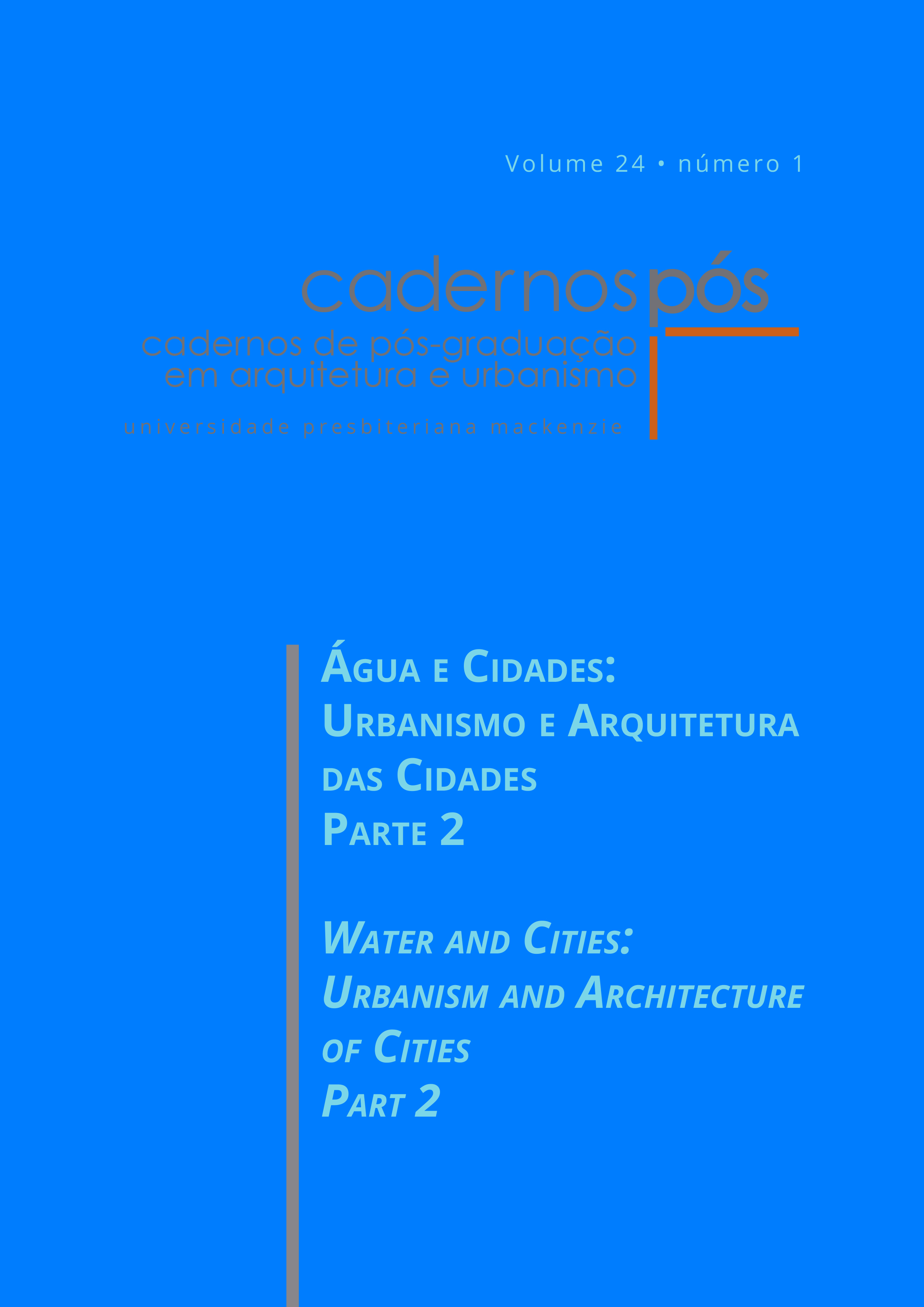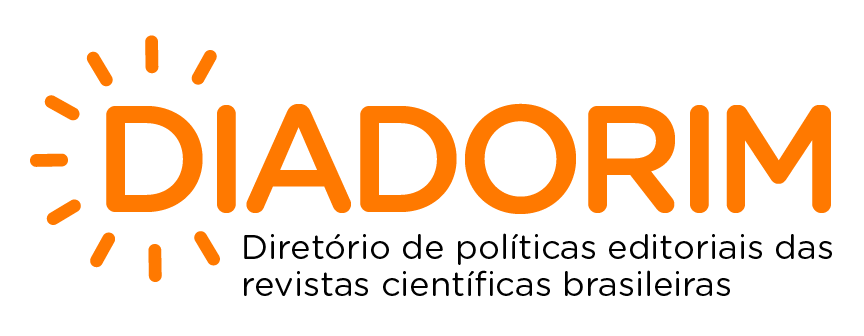Analysis of strategies for sustainable transit-oriented development (TOD) used in medium- sized Brazilian cities
DOI:
https://doi.org/10.5935/cadernospos.v24n1p75-89Keywords:
Sustainable transit-oriented development; TOD; Urban Density; Medium-sized Cities; TMA.Abstract
Despite the relative gains provided by the concentration of inhabitants in urban spaces, there are significant challenges for these places to work effectively as facilitators of sustainable development. To overcome these challenges, the concept of Sustainable Transit-Oriented Development (TOD) emerges, focusing on the concentration of urban strategies aligned with medium and high capacity public transit corridors (MCTS), providing access to infraestructure, services and amenities, in addition to the balance between the ditribution of jobs and housing in the territory. This work sought to analyze the application of such strategies in medium-sized Brazilian cities, that is, with a population between one hundred and five hundred thousand inhabitants, resulting in the cases of Sobral-CE, Criciúma-SC and Uberaba-MG. Brazilian cities of this size have a lack of studies on the aplication of TOD, although they are recognized as qualifty of life providers and have shown greater growth than the others. After analyzing its urban legislation, it was found that none of them are in line with TOD concept, although they allow for greater land intensity and diversity around their MCTS corridors and stations, as well as use some urban instruments in a dispersed way in their territory.
Downloads
References
AZEREDO, L.; PACHECO, P. A história da urbanização brasileira. 2019. Disponível em: https://www.wribrasil.org.br/noticias/historia-da-urbanizacao-brasileira. Acesso em: 13 nov. 2022.
CRICIÚMA. Lei complementar nº 95, de 28 de dezembro de 2012, e suas alterações. Institui o Plano Diretor Participativo do Município – PDPM de Criciúma, e dá outras providências. Criciúma: Câmara Municipal de Criciúma, 2012.
CRICIÚMA. Lei complementar nº 164, de 9 de dezembro de 2015, e suas alterações. Institui a Outorga Onerosa e a Transferência do Direito de Construir no Município de Criciúma, e dá outras providências. Criciúma: Câmara Municipal de Criciúma, 2015.
CRICIÚMA. Lei nº 7.999, de 24 de novembro de 2021. Dispõe sobre o parcelamento do solo no Município de Criciúma, e dá outras providências. Criciúma: Câmara Municipal de Criciúma, 2021.
EVERS, H. et al. Dots nos planos diretores: guia para inclusão do Desenvolvimento Orientado ao Transporte Sustentável no planejamento urbano. 1. ed. WRI Brasil, 2018. p. 132.
HOBBS, J. et al. Desenvolvimento orientado ao transporte: como criar cidades mais compactas, conectadas e coordenadas – recomendações para os municípios brasileiros. Banco Interamericano de Desenvolvimento, 2021. p. 326.
INSTITUTO BRASILEIRO DE GEOGRAFIA E ESTATÍSTICA. Composição das RMs, RIDEs e Aglomerações Urbanas – 2021. IBGE, 2021. Disponível em: https://geoftp.ibge.gov.br/organizacao_do_territorio/estrutura_territorial/municipios_por_regioes_metropolitanas/Situacao_2020a2029/Composicao_RMs_RIDEs_AglomUrbanas_2021.xls. Acesso em: 6 nov. 2022.
INSTITUTO BRASILEIRO DE GEOGRAFIA E ESTATÍSTICA. Estimativas da população residente nos municípios brasileiros com data de referência em 1º de julho de 2021. IBGE, 2022. Disponível em: https://ftp.ibge.gov.br/Estimativas_de_Populacao/Estimativas_2021/POP2021_202209 05.xls. Acesso em: 6 nov. 2022.
INSTITUTO DE POLÍTICAS DE TRANSPORTE E DESENVOLVIMENTO. Guia de implementação de políticas e projetos Dots. 1. ed. ITDP, 2017, p. 122.
INSTITUTO DE POLÍTICAS DE TRANSPORTE E DESENVOLVIMENTO. MobiliDADOS: descrição de variáveis do mapa de TMA. ITDP, 2020a. Disponível em: https://docs.google.com/spreadsheets/d/176VQJC-zE7GMLfnkOCMDapSU93nDuZD5hgahzSsau8/edit#gid=2099680370. Acesso em: 6 nov. 2022.
INSTITUTO DE POLÍTICAS DE TRANSPORTE E DESENVOLVIMENTO. Transporte de média e alta capacidade. ITDP, 2020b. Disponível em: https://itdpbrasil.org/wp-content/uploads/2020/07/Infografico-transporte-de-media-e-alta-capacidade.pdf. Acesso em: 6 nov. 2022
MALERONKA, C.; LEITE, C. (org.). Planejamento urbano e uso do solo e mobilidade urbana. Curso de Gestão e Desenho da Mobilidade Urbana Sustentável. São Paulo: Universidade Presbiteriana Mackenzie, 2021. E-book.
MARICATO, E. Para entender a crise urbana. 1. ed. São Paulo: Editora Expressão Popular, 2015. p. 26.
MARQUES, R. ITDP Brasil avalia empreendimentos brasileiros de acordo com os critérios do Padrão de Qualidade TOD. 2015. Disponível em: https://itdpbrasil.org/avaliacao-empreendimentos-dots/. Acesso em: 13 nov. 2022.
MOTTA, D.; DA MATA, D. A importância da cidade média. Desafios do Desenvolvimento, ano 6, n. 47, p. 55, fev. 2009.
ORGANIZAÇÃO DAS NAÇÕES UNIDAS. Transformando nosso mundo: a agenda 2030 para o desenvolvimento sustentável. ONU, 2015.
ORGANIZAÇÃO DAS NAÇÕES UNIDAS. Nova agenda urbana. ONU-Habitat, 2019.
SOBRAL. Lei complementar nº 006, de 1º de fevereiro de 2000, e suas alterações. Dispõe sobre o parcelamento, uso e ocupação do solo da Cidade de Sobral e dá outras providências. Sobral: Câmara Municipal de Sobral, 2000.
SOBRAL. Lei complementar nº 028, de 15 de dezembro de 2008, e suas alterações. Dispõe sobre o Plano Diretor Participativo do Município de Sobral, e dá outras providências. Sobral: Câmara Municipal de Sobral, 2008.
UBERABA. Lei complementar nº 359, de 11 de outubro de 2006, e suas alterações. Institui o Plano Diretor do Município de Uberaba, e dá outras providências. Uberaba: Câmara Municipal de Uberaba, 2006.
UBERABA. Lei complementar nº 375, de 18 de junho de 2007a, e suas alterações. Dispõe sobre o parcelamento do solo urbano e os condomínios urbanísticos no Município de Uberaba. Uberaba: Câmara Municipal de Uberaba, 2007a.
UBERABA. Lei complementar nº 376, de 19 de junho de 2007b, e suas alterações. Dispõe sobre o Uso e Ocupação do Solo no Município de Uberaba, Estado de Minas Gerais, e dá outras providências. Uberaba: Câmara Municipal de Uberaba, 2007b.
UNITED NATIONS. World Urbanization Prospects: The 2018 Revision – Percentage of population at mid-year residing in urban areas by region, subregion, country and areas, 1950-2050. New York: United Nations, 2019.
Downloads
Published
How to Cite
Issue
Section
License
Copyright (c) 2024 Frederico Coli Mendes

This work is licensed under a Creative Commons Attribution 4.0 International License.
Authors who publish in this journal agree to the following terms:
a) Authors retain the copyright and grant the journal the right of first publication, with the Project simultaneously licensed under the Creative Commons Attribution License that allows the sharing of the Project with recognition of the authorship and initial publication in this journal.
b) Authors are authorized to assume additional contracts separately for the non-exclusive distribution of the version of the Project published in this journal (e.g., publishing in an institutional repository or as a book chapter), indicating that it was originally published in this journal, with a link to the article.








 Todo o conteúdo de Cadernos de Pós-Graduação em Arquitetura e Urbanismo está licenciado sob
Todo o conteúdo de Cadernos de Pós-Graduação em Arquitetura e Urbanismo está licenciado sob 